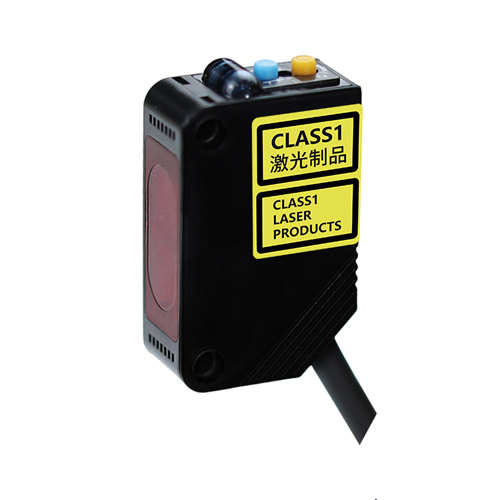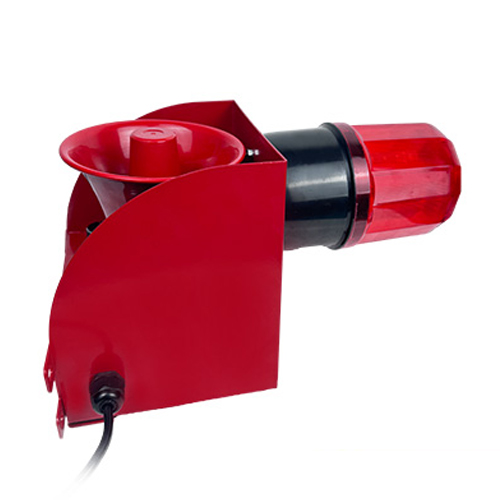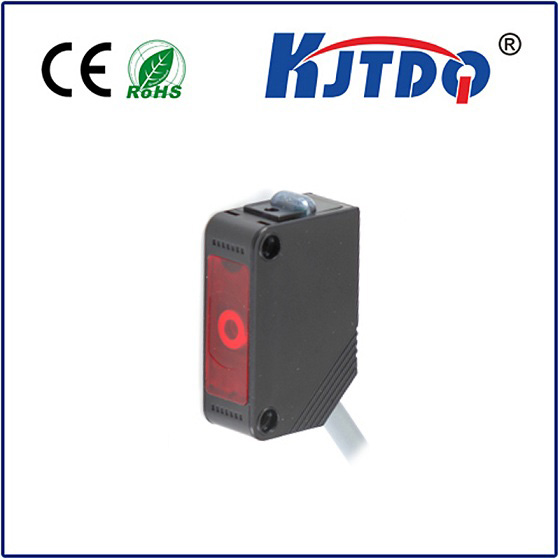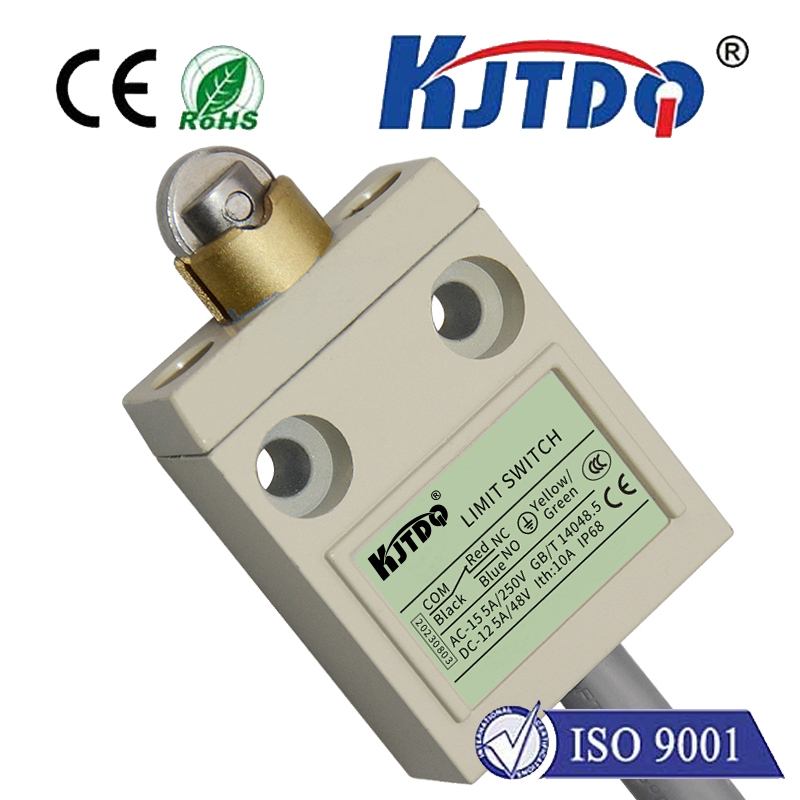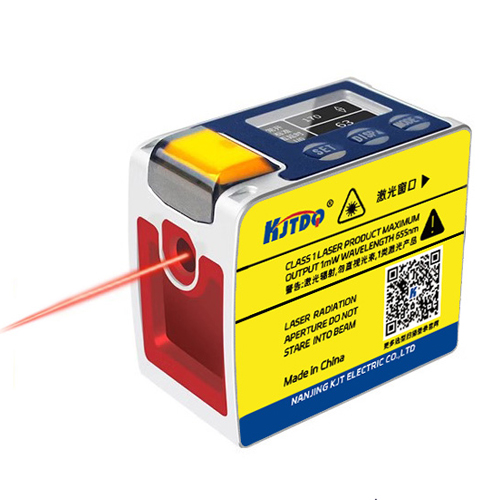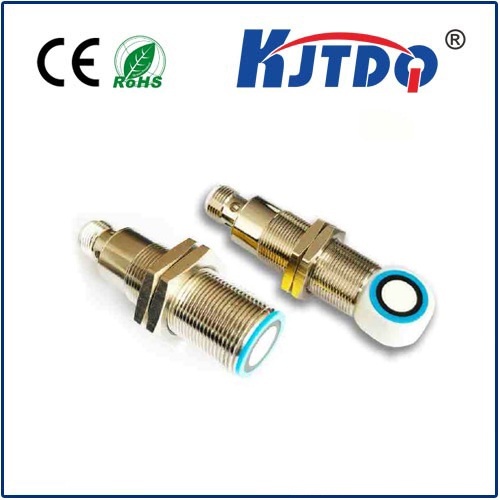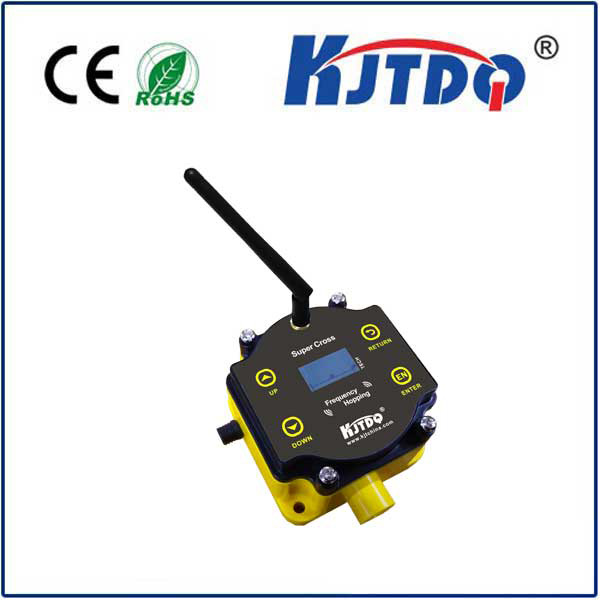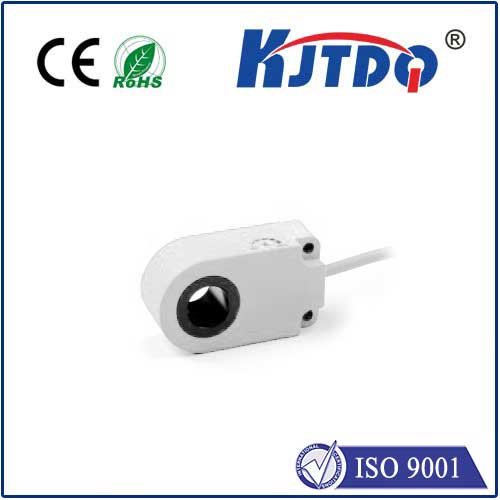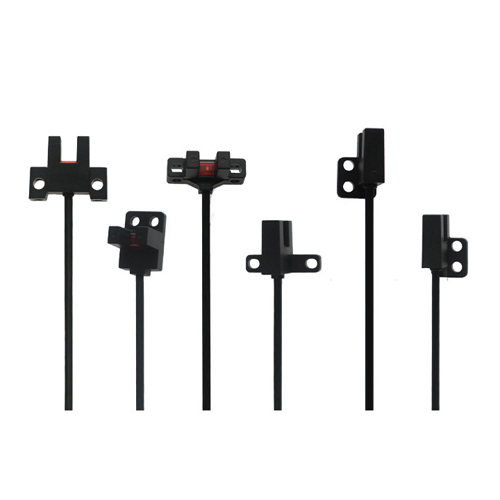sensor with reflector
- time:2025-07-26 01:26:54
- Click:0
Sensor with Reflector: Amplifying Detection Precision Across Industries
Reflector-Enhanced Sensors: Unlocking Greater Range and Reliability in Automation
Imagine needing to detect an object dozens of meters away, but your sensor struggles with weak signals or environmental interference. How do you extend its reach and boost reliability without complex, expensive upgrades? The answer often lies in a remarkably simple yet powerful concept: pairing a standard photoelectric sensor with a dedicated reflector. This dynamic duo, forming a reflector sensor system, is a cornerstone of industrial automation and beyond, offering enhanced performance through fundamental optical principles. Understanding how this combination works unlocks its potential for solving diverse detection challenges.
At its core, a reflector photoelectric sensor setup relies on the principle of light reflection. The sensor unit itself houses both an emitter (typically an LED) and a receiver. Instead of requiring the target object to break a beam between separate emitter and receiver units (like in a through-beam sensor), the reflector sensor system utilizes a single, strategically placed reflective target.
Here’s the elegant simplicity:

- Emission: The sensor’s internal emitter projects a beam of light, usually infrared, visible red, or laser.
- Reflection: This light beam travels towards the dedicated reflector.
- Amplified Return: The reflector isn’t just any mirror; it’s specifically designed as a retroreflector. This ingenious device bounces the incoming light beam directly back along its original path, regardless of the angle of incidence (within its operational range). This efficient signal return is key.
- Detection: The sensor’s internal receiver constantly monitors the strength of the reflected light beam returning from the reflector.
- Target Interaction: When an object passes between the sensor and the reflector, it interrupts the light beam. The receiver no longer detects the strong, expected reflection.
- Output Signal: The sensor interprets this loss of signal and triggers its output (e.g., switches from ON to OFF, or vice-versa, depending on configuration – often called “dark-on” operation).
Why is the Reflector Sensor System So Effective?
The core advantages stem from the dedicated reflector and its interaction with the sensor:
- Extended Sensing Range: Compared to diffuse sensors (which rely on light reflecting off the target object itself), reflector sensors achieve significantly longer detection distances, often ranging from a few meters up to 50 meters or more with specialized models. The retroreflector maximises the amount of light returned to the receiver.
- Enhanced Signal Strength: The efficient signal return provided by the retroreflector creates a strong, stable baseline signal for the receiver. This makes the system highly resistant to ambient light interference, dust, minor misalignments, and variations in target surface properties. The strong return signal also allows for reliable detection of small objects or objects with poor reflectivity that might not trigger a diffuse sensor.
- Simplified Installation & Alignment: Requiring only one wiring point (the sensor head) and needing alignment only between the sensor and a single reflector (instead of aligning two separate units like a through-beam) makes installation faster and less complex. This reduces setup time and cost.
- Cost Efficiency: While adding a reflector, the overall system is often more economical than installing two separate emitter and receiver units (through-beam) for long-range applications, especially considering wiring and mounting hardware.
- Reliability: The robust signal makes reflector sensor systems highly reliable in demanding industrial environments, contributing to minimized downtime.
Where Are Reflector Sensors Applied?
Their unique blend of range, reliability, and relative simplicity makes them ubiquitous:
- Manufacturing & Packaging Lines: Detecting products on high-speed conveyors, verifying package presence in cartons, monitoring pallet stacking height, and counting objects. Their resistance to vibration and dirt is crucial here.
- Material Handling & Logistics: Monitoring positions on automated guided vehicles (AGVs), detecting the presence of totes or pallets on racks, triggering gates or doors in warehouses, and ensuring pallet positioning on lifts. Long range detection capability is often essential.
- Automotive Industry: Verifying component presence during assembly, ensuring correct door or hood position, detecting vehicles on production lines, and monitoring robotic arm movements.
- Building Automation: Controlling automatic doors and gates (detecting approaching people/objects), monitoring occupancy in large spaces, and triggering lighting systems based on movement in corridors or parking garages.
- Parking Guidance: Detecting vehicle presence in individual parking spots using overhead sensors paired with reflectors on the ground or walls.
- Security Systems: Creating intrusion detection beams around perimeters or across doorways/windows where breaking the beam triggers an alarm. The reliable signal interruption is fundamental.
Key Considerations for Implementation
While powerful, reflector sensor systems require thoughtful deployment:
- Reflector Selection: Choosing the right reflector size and type (flat, corner-cube array) based on required range, beam pattern, and environmental conditions (e.g., resistant to chemicals or impact) is vital.
- Mounting Stability: Both the sensor and reflector must be securely mounted to prevent misalignment caused by vibration or accidental bumps, which could lead to false signals or detection failure.
- Cleanliness: While resistant to light dirt, significant build-up of grime on either the sensor’s lens or the reflector surface will attenuate the light beam and can cause detection failures. Regular maintenance is advisable in dirty environments.
- Target Characteristics: The system detects any opaque object interrupting the beam; it cannot typically distinguish between different objects. For detecting translucent objects, specialized polarized reflector sensors might be necessary.
- Beam Pattern: Understanding the sensor’s beam divergence (how widely the beam spreads) is crucial for reliable detection and avoiding false triggers from objects near, but not directly in, the main beam path.
The Future: Smarter Detection
Advancements continue to refine reflector sensor technology. Integration of IO-Link communication allows for remote configuration, diagnostics, and monitoring of sensor health, enabling predictive maintenance. Enhanced background suppression algorithms and polarized light options further improve reliability in challenging applications. Laser-based versions offer extremely precise, long-range detection for specialized tasks. The core principle of the sensor with reflector remains robust, proving that sometimes the most effective solutions leverage fundamental physics in clever, practical ways. Reliable object detection through this symbiotic relationship continues to drive efficiency and automation worldwide.












